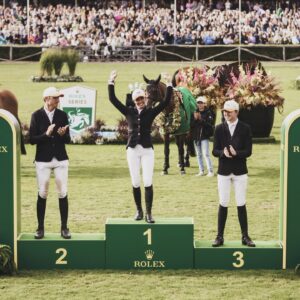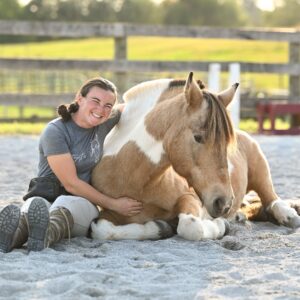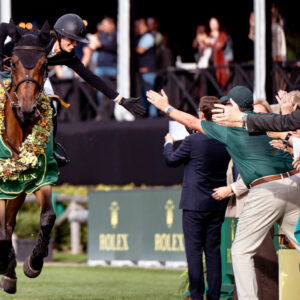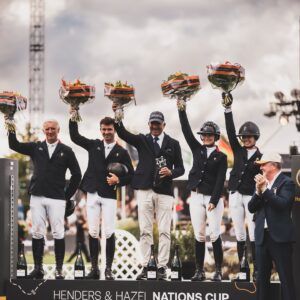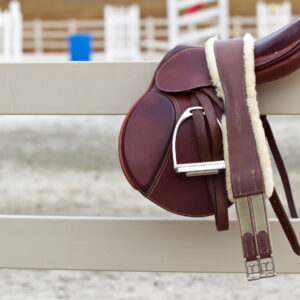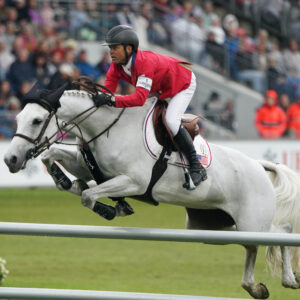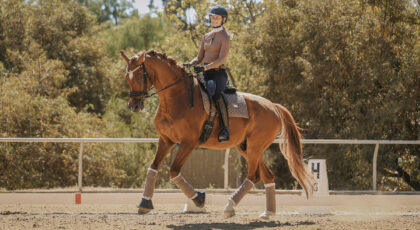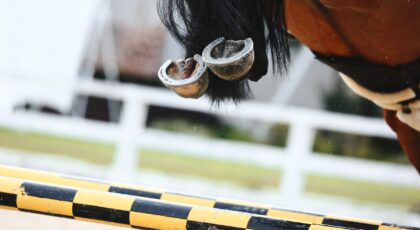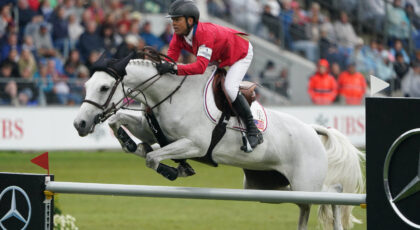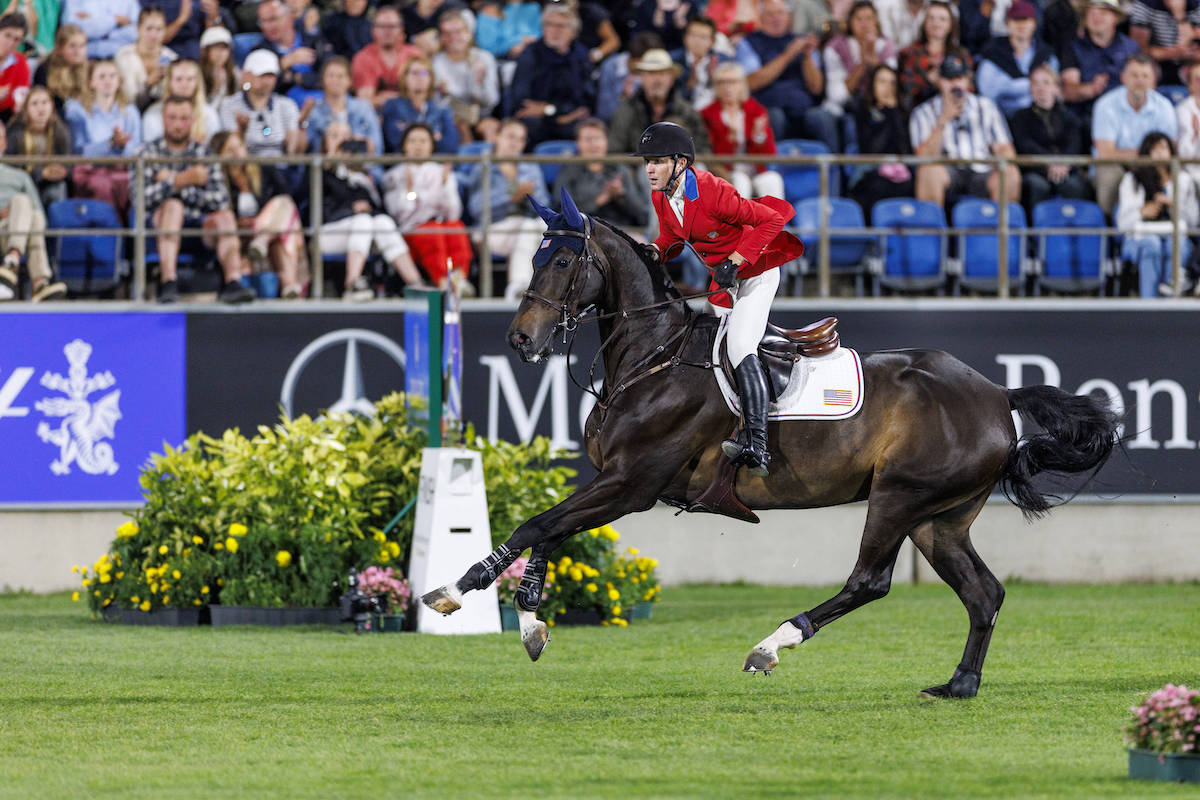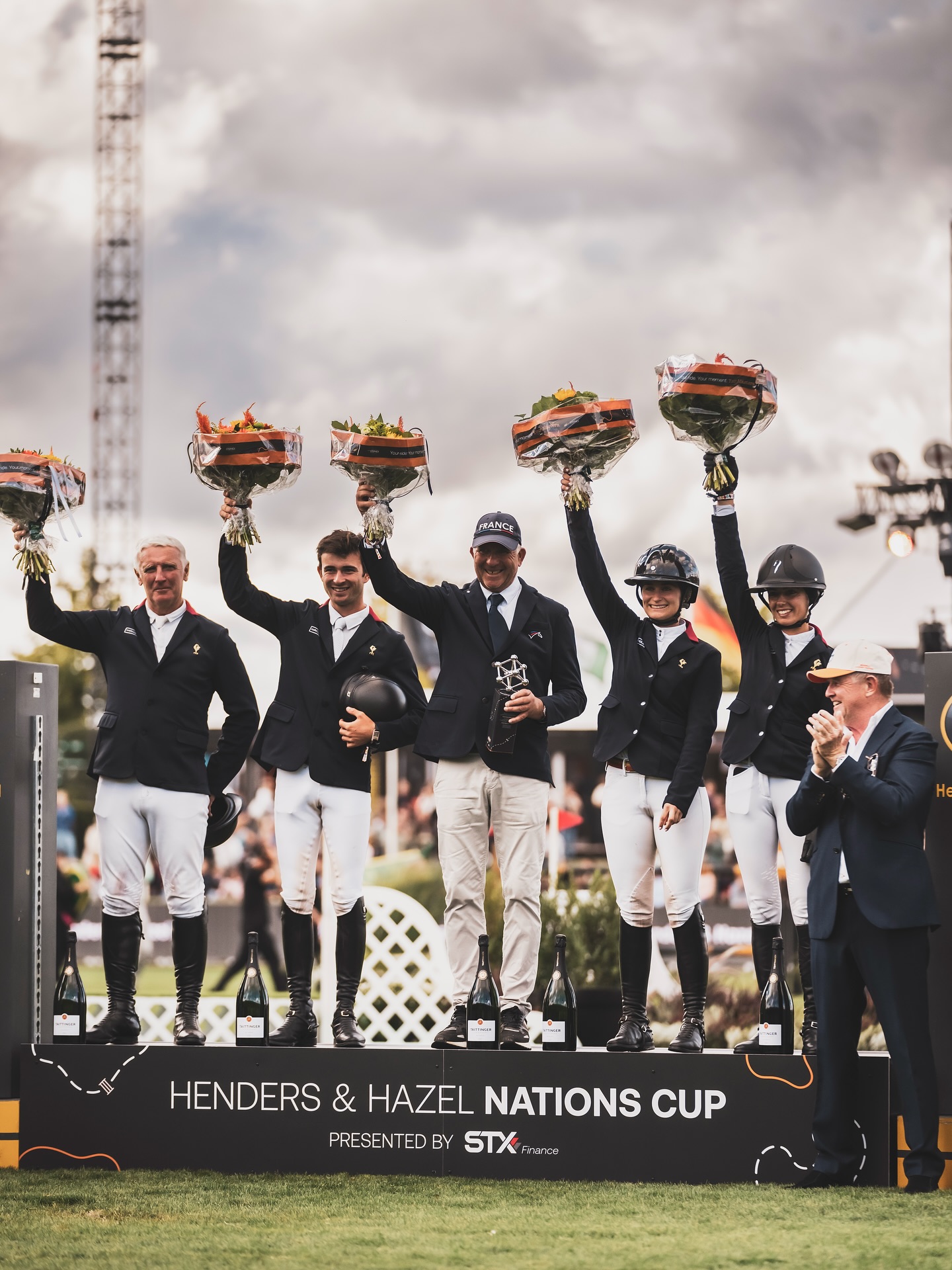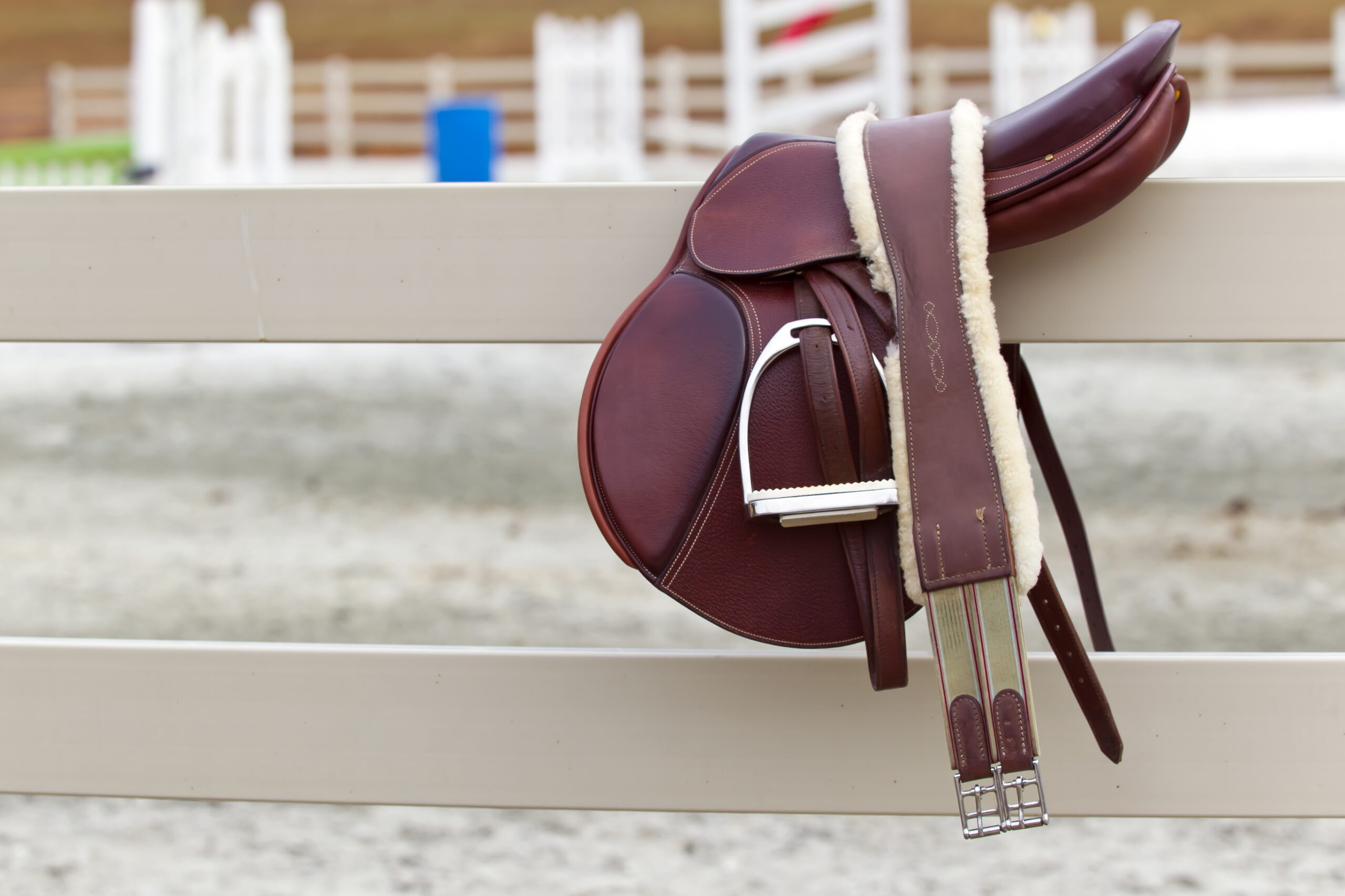When I started my blog in March of 2016, it was nearly a year that the ending began. But to tell the story from the end would not be fair or appropriate, even though the last chapter remains painfully fresh in my mind. We will come there before this post is through, but for the moment, let’s go back to the beginning.
Becoming
I first officially met Carmel when I was in college but I think I had been aware of him before that, through Pony Club. Owned by the local family, Carmel had been purchased for their youngest child, but after bucking her off several times, a more suitable pony was found and “Mel” became the mount for their elder boys.
 Roblox HackBigo Live Beans HackYUGIOH DUEL LINKS HACKPokemon Duel HackRoblox HackPixel Gun 3d HackGrowtopia HackClash Royale Hackmy cafe recipes stories hackMobile Legends HackMobile Strike Hack
Roblox HackBigo Live Beans HackYUGIOH DUEL LINKS HACKPokemon Duel HackRoblox HackPixel Gun 3d HackGrowtopia HackClash Royale Hackmy cafe recipes stories hackMobile Legends HackMobile Strike Hack
Carmel was a familiar fixture at mounted meetings at Mrs. Smith’s Sunrise Bay Farm in Durham, also representing Squamscott Pony Club at rallies and ratings. But by the time I came to know him better, Mel was mostly being used as a school horse by a local riding instructor. The boys had long since outgrown his slender 15.1 hand Appendix Quarter Horse frame, and the daughter now rode her own athletic Thoroughbred. Not yet ready to sell Carmel to a new owner, the family had leased him to Dawn, where he steadfastly trotted around with all manner of student, from beginner “down upper” to those starting their foray into the competition ring.
Horseless for the first time in years, I cleaned stalls one or two mornings per week in exchange for tack time, and at some point I was offered the chance to ride Mel.
At that point in my equestrian career I had attained my Pony Club H-A rating, competed up to 3’6” in the jumpers and done a little bit of eventing. I had been a working student for Lendon Gray and had ridden in clinics with other “big wigs” of the industry. I had grown up showing in hunter/jumper shows in New York, competing on any school horse that I could convince the barn owners to throw on the trailer. I had no idea that we were usually outclassed, that my show clothes looked second hand or that some of the people I was riding against were among the best in the sport at that time. I had had so many amazing experiences with horses that probably just shouldn’t have been possible, but happened because someone behaved generously towards me. For the most part, I was borrowing horses, equipment, or both.

Carmel was probably 15-years-old at this point and mostly what I had seen him do was plod along with little peanut riders. I knew that in his younger years, he had completed several events, including the prestigious Groton House Horse Trials, which he did sans one shoe, having thrown it in the warm up. But it was hard to look at him at that time and see the former athlete. His mane had grown long, he rarely jumped higher than a mini vertical, and his preferred gait decidedly was a shuffling trot. When he cantered, he usually lost his hind lead in the corners. I considered my riding him to be rehabilitative, a chance for him to get ridden by someone a little more experienced so that he could become a little better tuned up for his lesson students.
Dawn is an instructor widely known for her big heart and seemingly unending generosity. She suggested that I take Carmel to a few local competitions. After just one ride on him she encouraged me to enter him at an upcoming two phase being held at the farm. As it turned out, the two phase was that weekend, and as it further turned out, I probably wouldn’t have time to jump him before the show. But not worrying about such seemingly challenging limitations, we entered it anyway—and Mel won the beginner novice division. As it turned out, he did remember a thing or two about his competition career from so long ago.

For the better part of a year, I continued to ride Carmel and showed him a little bit, and he continued to do lessons with other students for Dawn. It was an arrangement that as far as I was concerned was working beautifully. For the first time since I had had a leased horse in Pony Club, I could do all the fun things that horse ownership allows: hunter paces, hacks to Great Bay, beach trips, local schooling shows. It didn’t bother me that I was probably already riding Mel to the limits of his physical capacity, or that he wasn’t ever going to compete at Training level in eventing or do more than a basic First Level dressage test. I was having fun, and I like to think that he was, too.
But as it goes in life, that summer brought significant changes. The barn where Carmel lived was closing and the people who were based there were dispersing to several different facilities. Carmel’s family would be moving their horses to a different facility than where Dawn would be, and that meant no more chances to ride my yellow horse. I found myself losing the barn community which I had just begun to feel connected to, but more significantly, I was in danger of losing my time with Carmel.

As a recent college graduate without clear long term employment, I found myself at a crossroads in many areas of my life. I knew in my heart that buying a horse—any horse—made no sense at that moment. My life was too unsettled and too much was up in the air. Further, Mel in particular was not going to be the horse to “take me to the next level”, and therefore be “worthy” of the investment of time and money.
For better or for worse, I am often driven more strongly by my emotions than reason. There I was, crying my eyes out over losing the ride on this little horse, but rationally analyzing why I should not spend all the money my grandparents had given me for my college graduation on his purchase. Countless times, I gave myself the speech that my father would have made had he known what was going on: “Christina, this is not a sensible idea. You must be practical. Buying a horse is only the beginning of the expenses associated with that purchase.”
And then I called Carmel’s owners and made an offer.

The first lesson Carmel taught me wasn’t made obvious to me until much later. Taking your horsemanship skills to new levels may not always equate to jumping bigger jumps or competing at fancier shows. In making the commitment to this animal, I came to realize that even the most plain looking and seemingly simple horse can take a hold of your heart, and can allow you to develop a deeper relationship than you knew to be possible.
Being
Carmel was the first horse I had ever bought. I quickly succumbed to my inner twelve year old, and he had new blankets, a custom halter and stall plate and a new to me saddle. At first, I continued the existing arrangement with Dawn where he did some lessons to help offset his expenses, but I soon found that now that he was “mine” I didn’t want to share him anymore. We moved to a new facility where I could afford the board on my own, and had a new beginning.
Mel’s years of lower level activity had left him stiff and overall less fit than would be ideal. At an age when many people start thinking of backing down their horses, I was working on bringing him back up. Mel had caught his right hind in his halter as a youngster, doing extensive damage to the stifle joint. At the time, the injury was considered possibly life ending. But as I understand it, Carmel’s steady nature meant that his rehab passed uneventfully and he was ultimately left with only a slight hitch in the swing of his right hind. I spent lots of time working on improving his strength, suppleness and agility. We learned to long line. I taught him to jump gymnastics in a chute so that he could develop without me on his back to disrupt his movement. We hacked out and rode diligently, never pushing too hard but never backing away, either. Eventually, the hitch almost totally disappeared and I had a sound, fit horse.

The second lesson that Carmel taught me is that horses have something to offer all of us if we are willing to listen to their and our needs of the moment.
I competed Mel for the better part of three seasons. I may have owned the horse, but I didn’t own a truck or trailer, and so we competed where we could hitch rides. Again, the generosity of others in this era was humbling, as good friends lent me their expensive trucks and trailers for my personal use. We certainly had our ups and downs in the arena, but by and large we had a ton of fun. I had never been able to go out and do the ‘eventing thing’ before, and it was a blissful experience to feel like I was finally a part of the horse show crowd.
Carmel’s swan song with me in competition was finishing second at the Area I Novice Championships out in New York. He got there the same way he did everything—with clear, steady consistency. His dressage was clean and accurate, but only good enough for sixth place. However, he went out and jumped the biggest novice course I had ever put him to double clean, both in cross country and stadium. I had no idea that we had moved up so much, and the look on my face shows how surprised I was.
The next season, Mel turned 20. I started him up in the spring (we didn’t have an indoor and had only hacked as the footing permitted it all winter) but in my heart, I knew that the horse had given me everything he had left in him the year before. At a competition that year, I had watched helplessly from warm up as a friend’s older horse sustained a serious bow on course, needing to be trucked out in a horse ambulance. I didn’t want that for him—he was finally fit, totally sound, and still had a job to do…It just wasn’t with me anymore.
Through a friend, I met a great Pony Club family out in New York, and for two years Carmel did D level work with a member of the Lake Effects Pony Club in Western New York Region. In those years, I explored my growing love of dressage and began to expand my local lesson business. I met a family with two young daughters, one of whom was outgrowing her pony just at the time when Carmel’s little rider was becoming more of a gymnast than an equestrian. So I brought Mel home to New Hampshire, and he returned to Squamscott Pony Club at the age of 23.

Mel was a staple of both SPC and my lesson program for four more years. He attained several D level ratings with different riders and participated in dressage, show jumping and D rallies, along with SPC summer camp, among other activities. One of my favorite memories of him in this era was when he and Molly did their musical freestyle (I think the music was Pink Panther themed). There was very little “on the bit” going on but the level of adorable was incredibly high. I was always so proud of how well Mel carried his young riders through their activities.
I had never been able to go out and do the ‘eventing thing’ before, and it was a blissful experience to feel like I was finally a part of the horse show crowd.
In the fall of his 27th year, Mel had a series of bizarre episodes that I can only guess were some kind of seizure. The last and most serious one started while I was doing yet another little kid riding lesson with him. He started to twitch his head and his eyelids began trembling. I barely had time to pull the child off and rip off his bridle before bigger movements began. It was terrifying. I told the child’s father to get her out of sight, that I had no idea what was happening. Mel was screaming the terrified whinny that horses do when they need help as he ran backwards, spun in circles and staggered. I thought he was going to drop dead before my eyes. Yet, as quickly as it had come on, the episode stopped. I pulled off his saddle and called the vet, leaving him in the fenced arena. Then I stood and waited with him. He seemed exhausted, and I just sobbed into his neck. I wasn’t ready to say good bye.
Luckily for me, I didn’t have to. We determined that Mel was in the early stages of PPID, pituitary pars intermedia (usually known as equine Cushing’s disease), and that some medication and diet changes were necessary. It was clear to me that he was no longer safe to use for lessons, but the vet urged that low stress exercise would be helpful for him.
So after nearly a decade, it was Mel and I again together. I bareback hacked him for the next six years—he never wore a saddle again. Eventually I didn’t even use a proper bridle, just a hackamore. We never went far—just a twenty to twenty five minute loop several times per week. I usually drank my morning coffee while riding him, and a few times, I multi-tasked by walking my dog off of a longe line from horseback (probably not super safe and therefore not recommended). We were fixtures in the neighborhood where my horses lived. Every child and probably most of the adults knew Mel’s name, and we waved at all of the children on the school bus each morning. Life was good.
The second lesson that Carmel taught me is that horses have something to offer all of us if we are willing to listen to their and our needs of the moment. Carmel offered so many people so much joy. I could have been selfish and kept him to myself—but in by sharing him with others, he stayed sound and loved and always had a job that was appropriate for his stage of life.
In making the commitment to this animal, I came to realize that even the most plain looking and seemingly simple horse can take a hold of your heart, and can allow you to develop a deeper relationship than you knew to be possible.
Letting Go
Owning an older horse is hard on the heart, because you know that at some point, either something dramatic is going to happen or you are going to have to make a hard decision. It was always in the back of my brain, and when I arrived to feed the horses each morning, I unconsciously held my breath until I saw Mel’s face poking out at me from his stall.
About a year ago Mel went off his grain while I was away for the weekend. Never a robust eater, Mel was known for going on “hunger strikes”, seemingly at whim. He was receiving three soupy meals of Triple Crown Senior per day, the only form of grain that he wanted to eat. I figured that this was another round of not liking the consistency of his feed, so I grumbled at him and kept trying to find a formulation that he found appealing.
But as the days passed and he still steadfastly refused to eat anything at all, I became concerned and had the vet out. She thought he looked great and wondered if possibly a tooth was bothering him, and pulled some bloodwork just to check. The results were mostly good, but he had slightly elevated kidney values—however, nothing overt stood out as being a problem.
I continued to try to pique his interest in eating. I took samples of every grain I could find from every barn I was affiliated with. I tried feeding him mashes, dry feed, and chopped up apples. Sometimes, he would perk up and take a few bites. But he never finished anything, and returned to his spot to sleep in the sun.
Horses only live in the moment, and Carmel only knew that he didn’t feel well. It was only I who was truly suffering.
The days kept going by. And still he refused to eat. His abdomen started to tuck up, and he passed less and less manure, until there were days when none was passed at all. I could also tell that he was barely drinking. My best friend, a small animal vet, resurrected her IV skills from her equine veterinary internship and ran fluids for me, staying till nearly eleven o’clock on a cold early spring evening. My regular vet gave him a steroid injection used frequently post-surgery to stimulate appetite.
And still, he refused to eat.
I am not a vet, but I know enough about biology to know that an animal which has refused to eat for three weeks is not feeling well. Nothing was obviously pointing to the cause, but the question became clear—how long do you let this go on? Because a horse which is not eating or drinking will eventually begin to suffer from some sort of metabolic breakdown or develop colic. These conditions cause suffering, something which this horse did not deserve.
Every day, I spent time with him. I groomed his winter coat and brushed his mane and tail. I spent every moment with him trying to absorb the essence of his being—every scent, every expression, so that I could commit it forever to my memory. And I cried and cried. I cried until I was dry of tears, and then I just walked around with a hollow feeling inside. Horses only live in the moment, and Carmel only knew that he didn’t feel well. It was only I who was truly suffering.
On April 7, 2015, I stayed with Mel until he exhaled his last breath. He let go with a big sigh, under sedation, his head resting on my thighs.

This fall, I moved to my own farm, the fulfillment of a lifelong dream. Mel has moved here with me, and once spring is in full bloom and I have found the right spot, I will inter his remains in this beautiful place.
The final lesson that Carmel taught me is that sometimes you have to learn to let go, even if your heart is breaking, because to hang on is pure selfishness. It has taken me a full year to write of this, and the tears still fall as freely today as they did then.
“Goodbye my friend. My light is diminished in your absence, but you left me with your spirit intact and I can feel it shining on me now. Grief is like a pearl, with the warm memories wrapping around the pain at its center, slowly taking away the sting. The tears fall daily, trying to flush away this grief which is lying so heavily over my soul. “ – CJK 4/7/15
I miss you, my Yellow Horse.
About the Author
Christina Keim is an avid equestrian with competitive results in eventing, dressage, and show jumping. She is a former area eventing champion and has had horses finish in the top ten for national year end rankings with the USEA. Most recently, she has been concentrating on the sport of competitive dressage, where she has earned her USDF Bronze Medal. Additionally, she currently sits on the Board of Directors for the Intercollegiate Horse Shows Association and holds a Masters in Education from the University of New Hampshire.

 March 3, 2017
March 3, 2017 







